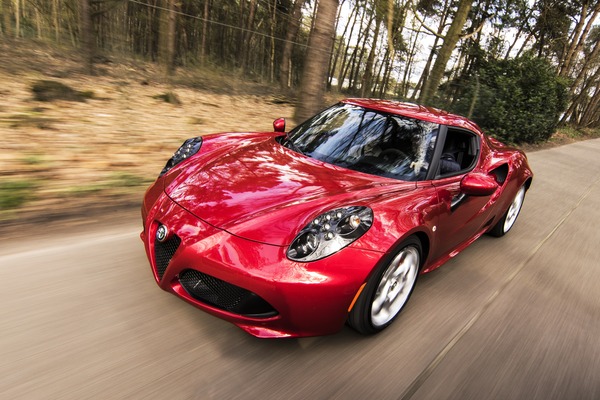
When preparing to purchase a new car, most people focus on the car’s specifications, including its performance, safety features, and fuel efficiency. But have you ever stopped to ponder the color of your vehicle?
Surprisingly, the car’s color isn’t just about aesthetic appeal or personal preference. It might be closely tied to your safety on the road. What color cars get in the most accidents?
Research shows black is the worst color to consider from an accident standpoint. The vehicle color you purchase could impact your chances of being in a car accident. Today we’ll discuss this study and the intriguing correlation between car colors and safety.
For a free consultation with our experienced Florida car accident lawyers, please call (850) 601-1111 or fill out our online form today.
Official Study and Its Relevance to the United States
The Monash University study is a comprehensive research project conducted in Australia.
Researchers collected data over a 20-year span and analyzed more than 850,000 car accidents. Although this study was conducted in Australia, the results bear a global significance due to the universal principles of light and visibility that are at play.
Color visibility doesn’t necessarily differ by geography. Therefore, the data from this study could apply to drivers in the United States.
So, whether you’re purchasing a car in Melbourne or Miami, the information about car color and accident rates should factor into your decision-making process to ensure your utmost safety on the road.
Worst Color Car to Buy
Statistically, black is the most dangerous color to choose when purchasing a car. Black colored cars proved to get into more accidents compared to other colors.
With an increased collision risk of up to 47%, black vehicles are particularly difficult to see in low-light conditions like dawn or dusk. They tend to blend with the darkness, resulting in reduced visibility for other drivers and a heightened probability of accidents. When safety is a priority, consider whether or not you really want that black car.
Other Car Colors to Avoid
Aside from black, other car colors that you might want to think twice about include silver and gray.
While popular for their sleek appeal, these shades also pose a risk on the road. That’s because they tend to blend in, making them harder to spot. They blend in with the road, other vehicles, and overcast weather conditions. The result is an increased likelihood of road accidents.
Similarly, darker shades of blue and green can present safety risks, as they often merge into the background in certain environments, especially during twilight or in heavily wooded areas. Science is clear in this situation—visibility is key in preventing accidents.
Cars that don’t stand out color-wise are inherently riskier. In a crowded and fast-paced traffic situation, a vehicle that blends in with its surroundings instead of standing out might be overlooked, leading to dire consequences.
Car Color Accident Statistics
When we delve into the numbers, car color accident statistics paint a compelling picture. Monash University found that white cars are 10% less likely to be involved in a crash during daylight hours compared to black cars. This study and others like it clearly illustrate the substantial role car color plays in visibility and, consequently, in accident rates.
What Color Car Has the Least Accidents?
Turning our attention to the safer end of the color spectrum, bright and easily noticeable colors like yellow and orange are better options. These bright colors typically result in fewer accidents. These vibrant colors stand out at any time of day or night and in all weather conditions, increasing optimal visibility.
Specifically, yellow, due to its brightness and contrast against various backgrounds, is visible from the greatest distances. That gives other drivers more time to notice and react to your vehicle, thereby reducing the likelihood of collisions.
When safety trumps all other factors in car selection—and you don’t want a white vehicle—these bright hues should be at the top of your consideration list. More brilliant colors may be less popular due to their flashy nature. However, their safety benefits may well outweigh aesthetic considerations.
Contact a Florida Car Accident Lawyer for Assistance
If you or a loved one suffered injuries in a Florida car accident, you might have the right to pursue a claim outside the no-fault system. Understanding what to do following an injury collision requires a legal advocate.
Please get in touch with the skilled legal team of Florida car accident lawyers at Nonni Homola. We have more than four decades of legal experience representing injured victims of car accidents.
Navigating the legal aftermath of a road accident can be complex and daunting. With our professional support, you won’t face it alone. Contact our office online or call (850) 601-1111 today to schedule a free initial consultation.

